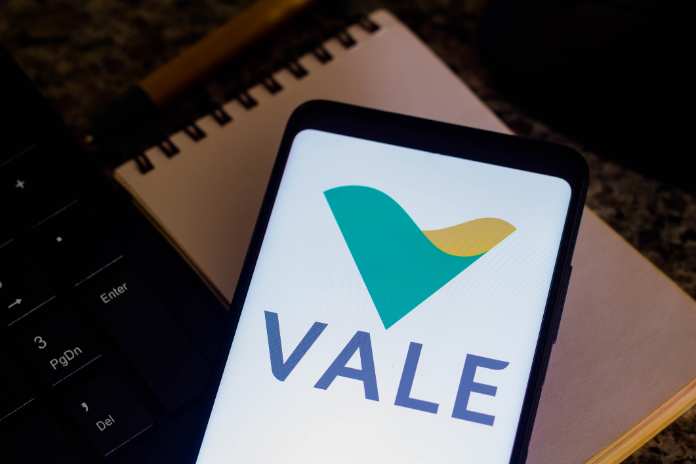Vale S.A. (NYSE:VALE) will pay $0.64 per share in cash dividends on September 9, 2022. The company paid $0.73 per share in dividends in March 2022. Thus the 2022-to-September yield will be 10.6%.
This high yield attracts income investors, mainly because the stock has fallen 37% since April 2022.
Vale Dividend Policy
The shareholder remuneration will be paid in September and March of each year. Vale’s shareholder pay varies based on business performance. The minimum payment will be 30% of adjusted EBITDA less sustaining investments, or 0.3 X (adjusted EBITDA – sustaining investments), depending on H1 performance for the September installment and H2 results for the March installment.
The board may approve extraordinary dividends. Vale’s record of paying dividends yearly since 2002 in a hyper-cyclical business may be due to the Brazilian government’s investment and golden shares.
Dividend payments changed significantly over time, which may have encouraged swing trading around dividends. Stockholders since 2002 earned US$13.5 per share. That’s 13.5 times the original share price of $1 plus a 12-bagger in capital appreciation. Vale shares might reward long-term shareholders if bought on deep undervaluation.
What Vale Is Doing
Vale produces iron ore. Iron ore fines and pellets account for 80% of Q2 2022 and Q1 2022 revenue and 85% in Q2 2021. Iron ore sales volume, pricing, and mining efficiency affect Vale’s profitability.
Since mid-2021, iron prices have been fluctuating. The Chinese government’s real estate crackdown drove iron ore prices below $100/ton in 2021. Ukraine’s war boosted iron ore prices. Lockdowns in major industrial hubs in China over the zero-Covid policy brought the world’s second-largest economy to the brink of collapse, weakening iron ore prices. Iron ore trades at $100/ton in late August 2022.
As in the aftermath of the global financial crisis, investors expect a Chinese stimulus plan to boost iron ore prices.
Since 2008, much has changed. Today’s China faces a myriad of unprecedented challenges; its population is dwindling, urbanization has stalled, and infrastructure is overbuilt. Plus, a crackdown on non-government-owned industries has made the private sector crestfallen, and three years of rolling lockdowns have made the Chinese much poorer. Export-oriented manufacturing capacity is moving to more business-friendly and lower-cost countries, and foreign capital is leaving.
Given the above, I’m unsure if Beijing has enough financial resources to stimulate its stagnant economy. Even if the central government is committed to a monetary stimulus after the CCP Congress this year, it’s uncertain whether the economy can still be revived while a new cultural revolution begins.
Iron ore may or may not sustain $100/ton. Given the weak Chinese economy, iron ore prices could drop below $100/ton to $42/ton in the worst case.
Vale’s stock price may fall if iron ore prices fall further. High uncertainty reduces the likelihood of a large dividend payment soon.
An Investment for Those Seeking High Yields
Retirees require high-yield dividends. Too many high-yield chasers have been burned by failing businesses.
When investing in high-yield dividends, avoid unnecessary risk. Vale is the world’s biggest iron ore producer, yet its business is hyper-cyclical.
A sensible investor will only buy Vale shares during an industry slump when its iron ore business is ravaged by lower volume and low pricing, when dividends are cut, and the stock is sold off as if the company was going bankrupt. When everyone is selling Vale, it’s not easy to buy. After the storm, shareholders will likely discover a surviving Vale with its moat intact, an improving iron ore company, and increasing dividends. Soon, Vale may give ultra-high yield to initial cost.
Vale Is a Great Stock For Long-Term Investors
Vale’s established dividend policy and shareholder friendliness make it a strong asset for long-term income investors. Iron ore cycle gyrations affect payouts.
I’m not sure the market has adequately factored in the Chinese economy’s risk to iron ore prices. Should iron ore prices go down and fall below $100/ton, it will be a stock to buy to harvest high-yield income for years to come.
Featured Image : Megapixl © Rafaelhenriquepress

















